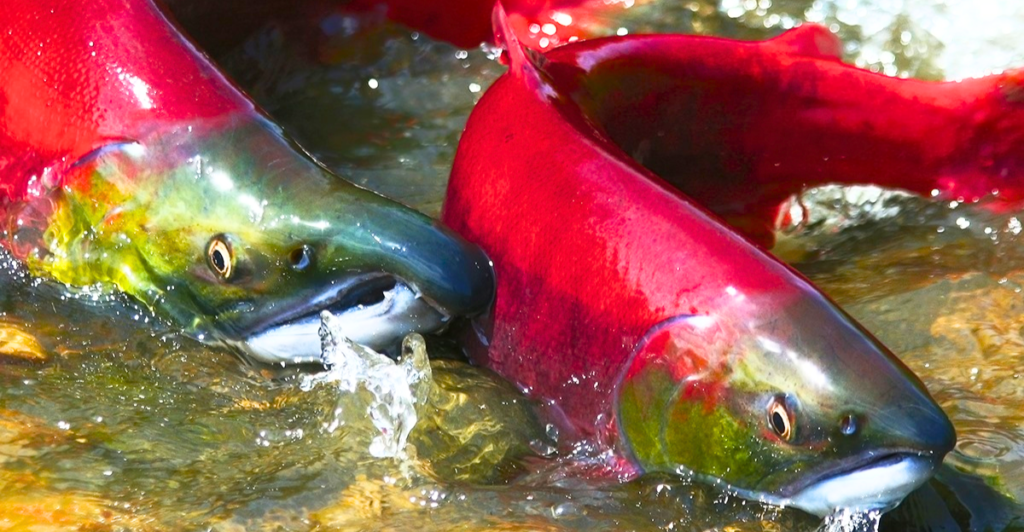
Hydroelectric dams on Oregon’s Willamette River are posing a threat to salmon. These dams were built to control floods and generate power. But they have changed the river’s usual flow, which has affected the fish populations. Congress is now discussing whether or not these dams should be destroyed in order to protect the salmon.
The U.S. Army Corps of Engineers’ Plan

The Corps has proposed a solution: building large mechanisms to catch fish and take them downstream. But these mechanisms are costly. Opponents, like fish advocates and electricity consumers, argue that this plan is untested, too expensive, and unlikely to stop salmon extinction.
President Biden’s Intervention

Due to more and more complaints and concerns, President Biden signed legislation on January 4, 2025, to halt the Corps’ plan. The new law directs the Corps to reconsider its approach. It proposes a more straightforward and practical solution: shutting down the dams for electricity generation.
The Costs of the Corps’ Plan

The proposed fish-collecting mechanisms, large floating vacuums, are estimated to cost between $170 million and $450 million each. Even with their high cost however, studies show this solution would not necessarily stop salmon extinction. This led to even more public backlash.
A Potential Simpler Solution

The new legislation requires the Corps to determine the feasibility of removing the hydropower turbines from the dams. Eliminating the turbines would allow the river to flow more naturally, allowing salmon to swim freely as they did before the dams were made.
The Willamette River Impact

The Willamette River is crucial for Oregon’s wildlife and agriculture. The new plan could change the river’s dynamics. Allowing water from the dams to flow out and would enable salmon to swim upstream. However this would also provide less water for agriculture and boating.
The Role of Salmon for Oregon’s Tribes

The Confederated Tribes of the Grand Rondes have fished in the Willamette for thousands of years. They want to restore the river to its natural state. They view salmon as essential to their culture and survival, making this issue deeply personal for them.
The Corps’ Challenges and Their Solutions
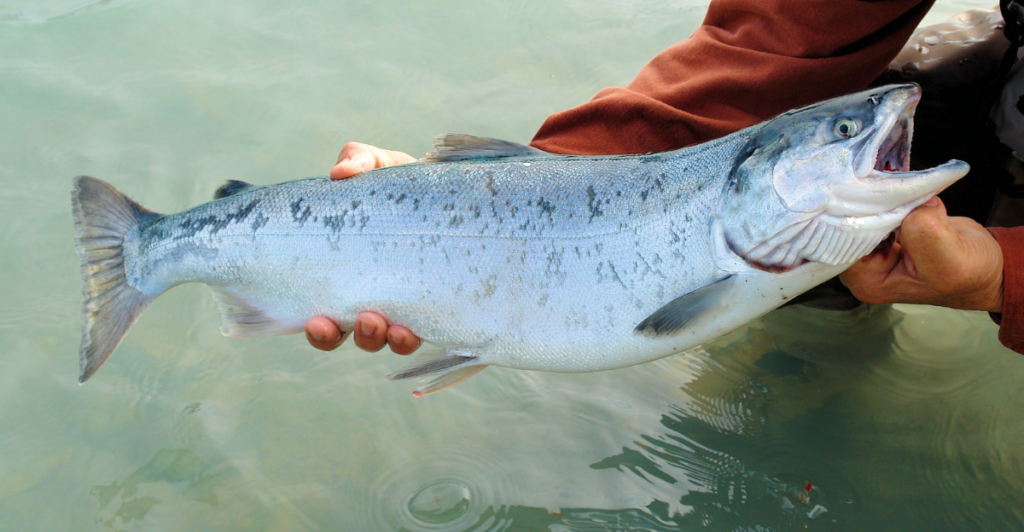
While the Corps is trying to assist salmon by trucking fish, these efforts have proven insufficient. They are criticized for not adequately protecting salmon and missing Congressional deadlines for hydropower studies.
The Economic Argument Against Hydropower
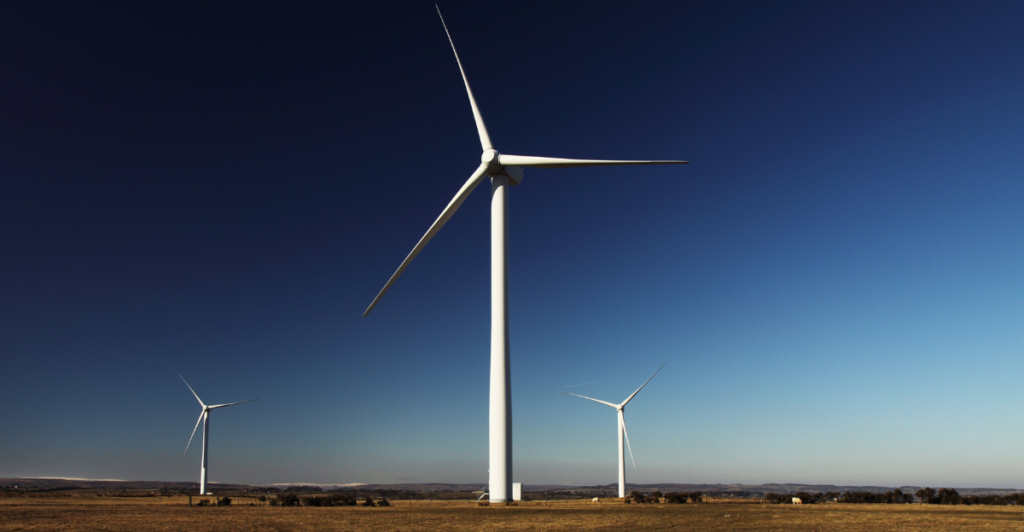
The dams on the Willamette River provide less than 1% of the region’s electricity. The electricity generated by these dams is costly compared to other energy sources. Shutting down the turbines would stunt a small, costly source of electricity and could benefit the environment.
Congress’ Calls for Action

Congress directed the Corps in 2020 and again in 2022 to study the potential consequences of removing hydropower from the Willamette dams. The Corps missed these deadlines and continued to pursue hydropower plans, frustrating lawmakers.
Environmental Risks of Dam Removal
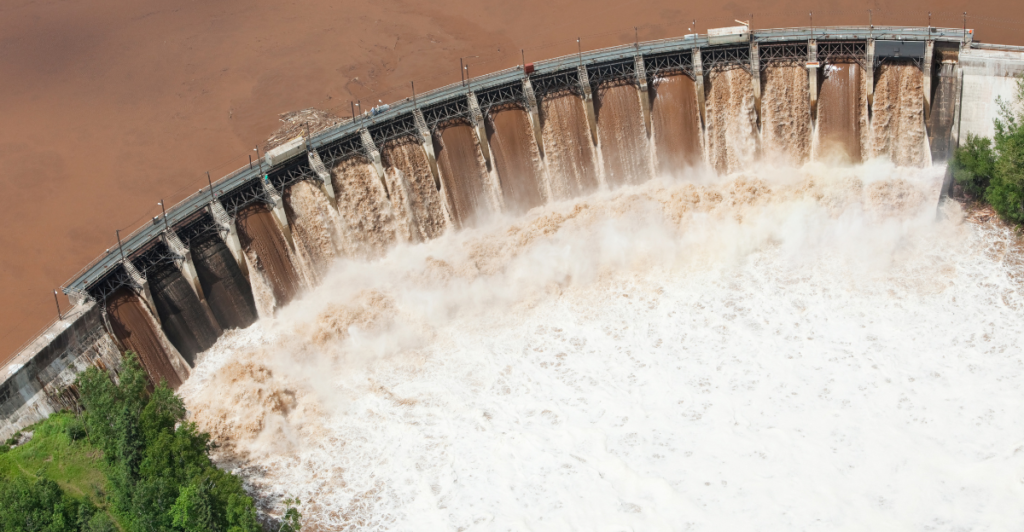
Draining the reservoirs benefits salmon but creates environmental challenges. In 2023, dam releases caused rivers to brown, polluting drinking water supplies. The Corps are exploring solutions that minimize these issues, such as constructing new water treatment facilities.
NOAA’s Concerns and Recommendations

In 2024, the National Oceanic and Atmospheric Administration (NOAA) released a report criticizing the Corps’ fish traps and proposing alternatives. NOAA suggested increasing river monitoring and altering water flow to facilitate salmon movement and protection.
The Future of the Willamette River
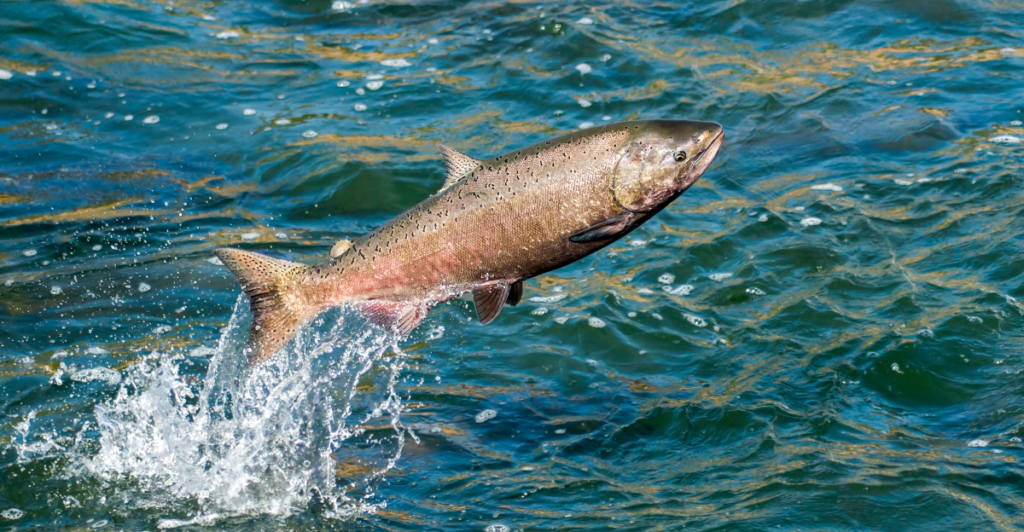
Kathleen George, a member of the Grand Ronde tribes, envisions a positive future where people and salmon can coexist harmoniously. Recent reports suggest that under public pressure, the river could be returned to its original state, preserving salmon and the cultural traditions of the region’s tribes.
Discover more of our trending stories and follow us to keep them appearing in your feed

California Is Splitting Apart: A Fault Line Is Forming Faster Than Anyone Predicted
There Will Be Eruptions”: Concerns Mount as Yellowstone Supervolcano Activity Shifts
After 800 Years of Silence, This American Volcano Shows Signs of Activity
Bobcats Are Making a Comeback—And They Might Be Protecting Us From Disease
References:
Reference 1
Reference 2
This article first appeared here
Stay connected with us for more stories like this! Follow us to get the latest updates or hit the Follow button at the top of this article, and let us know what you think by leaving your feedback below. We’d love to hear from you!







